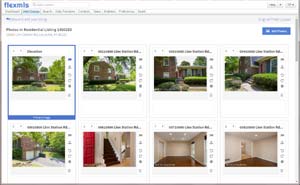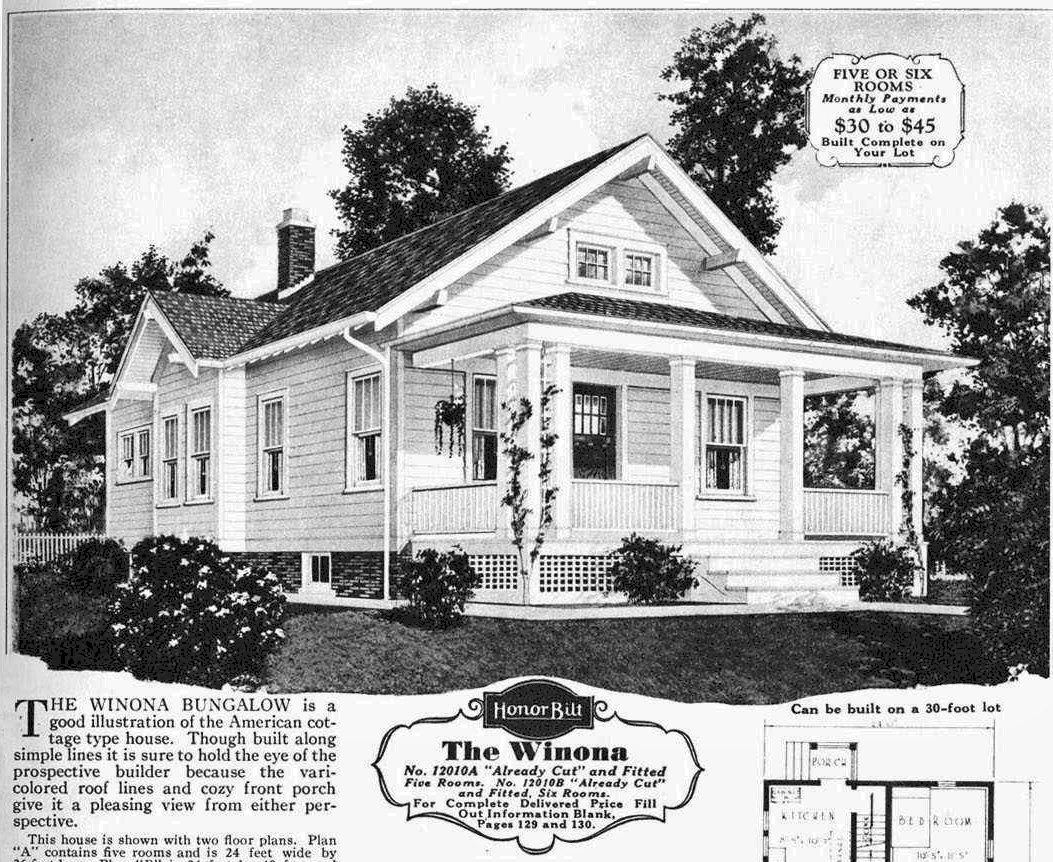Welcome to my third and final piece to the puzzle on the Psychology of Marketing Real Estate. This time we’ll be looking at the “where.” If you missed either of the first two parts, I’ve linked them here:

Where Part 1: Who looked at the people involved in the real estate process and Part 2: What looked at the home itself, today we’re going to focus on the places or locations where the actual marketing will take place. It’s traditionally the kind of real estate promotion that we’re all familiar with.
So without further ado, let’s begin!
History of Real Estate Marketing
Newspapers have been part of American history since the mid-1700s. Other than word-of-mouth, they were the primary means to communication from both government to its citizens, as well as, business to their customers.
So it’s not surprising that marketing real estate via newspapers was a natural fit for almost all of our country’s history. It wasn’t until the Internet revolution that the paradigm shifted. And boy did it shift!
Even though the World Wide Web technically launched in 1991, it wasn’t until the release of Mosaic in 1993 that things really started to take off. Business flocked to the web as a vast, new landscape of possibilities.
Jump Forward
It took a few years for real estate companies to jump online for fear of losing SME-status but as with most service industries, the web won out. Today online MLS systems are prevalent. In fact, new tech companies (Trulia and Zillow) have presented a real estate facade, luring millions to their sites with public data freshly packaged to enhance the experience. Sadly, customers are largely fooled into believing their information accurate.
But I digress.
The rise of Internet real estate sites has largely displaced all real estate marketing in newspapers. There still remain a few print publications that receive attention from Realtors but those are largely niche magazines or hyper-local, neighborhood pieces.
Where: Psychology of Marketing Real Estate Methods
The real story today is online. That should come as a surprise to absolutely no one.
Because we can use digital technology to not only search through thousands of listings, we can take advantage of faster download speeds and high-end displays to see far greater images. These images cover insides of these beautiful homes, as well as, lot shapes, sizes and characteristics, such as topology, floodplain data and nearby attractions. The sky’s the limit!
The Internet and real estate is truly a match made in heaven.
We’re at the point today, that not having your listing on the Internet will mean the house almost certainly will not sell. Instead, the marketing mind needs to think about making your online listing superior.

There are two primary ways to accomplish this. The first is Reach. Online reach can be measured in numbers of eyes. The number of sites, the number of pages on each site, and the number of times your listing is included in search results all add up to reach.
Savvy online promotion tactics are giving certain Realtors an advantage over their competition. The psychology of marketing real estate online lauds the Internet experts over any and all old school distribution methods.
Moving Past Reach
But reach alone isn’t enough. I mentioned there were two primary ways to enhance your listings above the rest. The second factor is Appeal.
Real estate marketing has always put a premium on attractive, well-designed promotional materials. Of course, the appeal of the property plays a giant role in attracting a potential buyer. Taking that same mindset online means performing these same tasks but with online expertise in order to maximize the effect.
For example, having professional photographs is wonderful and likely better than much of your competition. But if you don’t know how to load the optimized images with the appropriate dimensions, you’re missing an opportunity.
Each MLS system has its own characteristics that affect listing photos so mastering those details will give you the upper hand. Don’t skip the learning simply because it’s new or complicated. Understanding these processes is well worth the effort.
Conclusion
I hope you have enjoyed this three-part look at the Psychology of Marketing Real Estate in today’s landscape. It was fun to put it together. If you have any topics for future posts, by all means, let me know!




